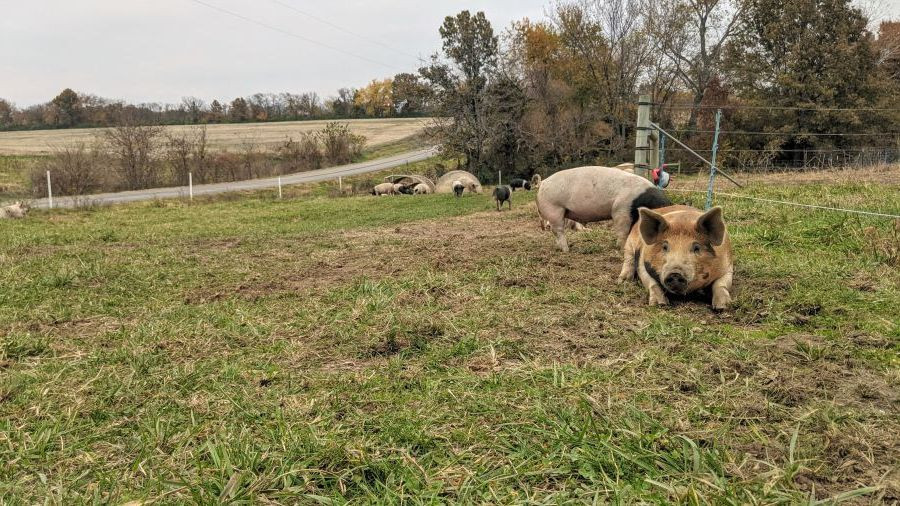From the Foreman's Desk - February Update
posted on
March 8, 2023
Wintertime is a lot slower for us. The only livestock we have to take care of are the hogs and dogs. This makes it easier for us to travel and focus on things we can't get to in the summer.
We like to take this time to regroup, refocus on our goals, make new goals, and put energy towards the website and marketing.
Unfortunately, we can't just raise awesome products and get paid for them. That would be too easy 😂 We have to find successful and efficient ways to get that product to people. Learning about marketing has been an adventure. We've learned that we have a story to share, and we've learned ways to share that story and ways to connect to our current customers. Remi and I both enjoy that side of the business as well. Remi has definitely taken more on his plate and has been continuing to grow in his knowledge of sales and marketing.
Here I thought I was marrying a cute chicken farmer, I also got a cute marketer-in-the-making 😉

One helpful resource we've found is the Good Meat Project . Here is their mission:
"We catalyze marketplace innovation, connection, and education across the meat supply chain in order to increase the economic viability and ecological impact of livestock farmers who invest in healthy land, animals, and people."
and their vision:
"We envision a future where meat is produced ethically and responsibly, by an industry that invests in healthy animals and landscapes, values people all across the food supply chain, and nourishes diverse, well-informed consumers."
They put together a webinar for farmers and ranchers to participate in. The goal was to give us resources and tools to help us market our products. It was a 4-week course. The awesome part is that it was free! We were able to learn so much and were given so many resources. Pay attention to our Instagram and Facebook accounts- we will be allowing you to participate in their sweepstakes this month!
I've personally been busy trying to get Chicory Lane products back in stock. So far I've got one batch of soap ready to go, but I plan on having more soap, herbal lip balm, lotion bars, and a new cream on the website soon!
I ran out of tallow, so I gave rendering beef fat a whirl. It was a fun experience, and now I have more tallow to work with 🙂
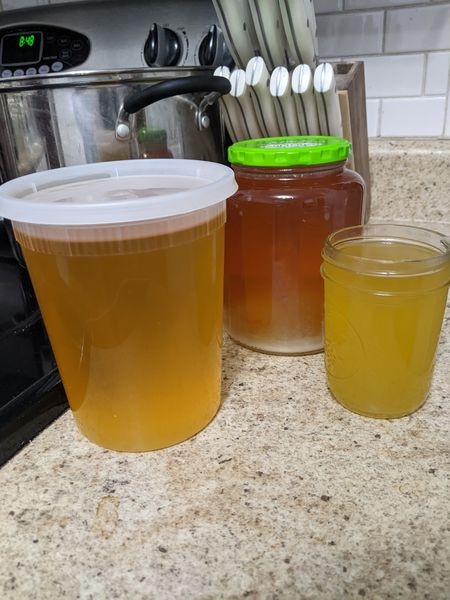
We had a wonderful time in Florida last month. It was great to see the rest of the Kesten family and get some sunshine!
We enjoyed some grilled grouper. One of our favorite things to do in Florida is to eat fish. Unfortunately, I ate my lovely plate all gone before snapping a picture 😂

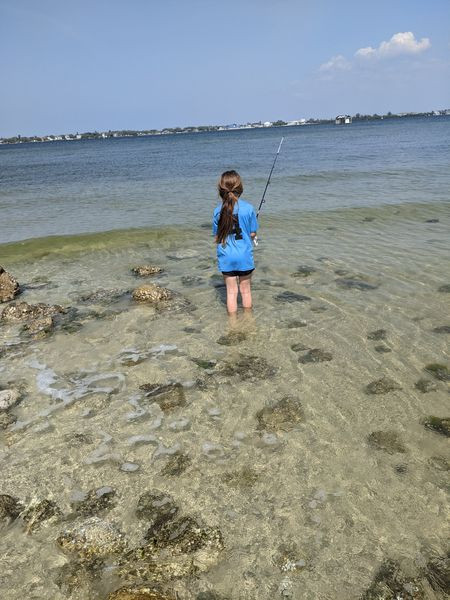


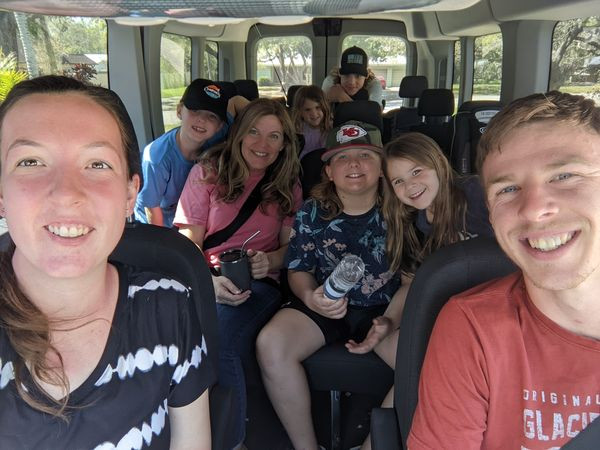
We got to go fishing with some of Remi's younger siblings, wade in the water, and go see manatees!!
We also got to visit a farm store called Gamble Creek. I'd been wanting to visit ever since I found out it was close to Remi's parents. Turns out it was actually just down the road from his grandparents. We took a golf cart ride to go get some goodies before flying out.
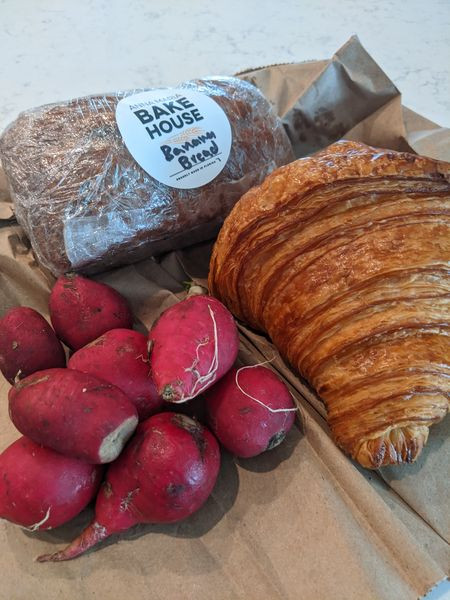
Farmer Jack was gifted a new bandana collar from some customers of ours. She is starting a new business adventure of custom embroidered K9 collars!
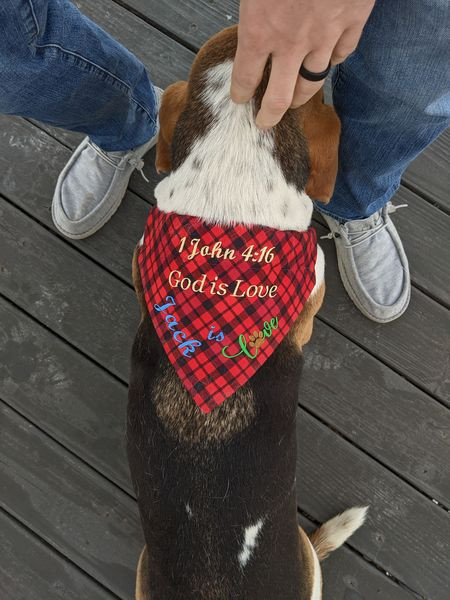
Pigs are happily being rotated through the pasture. They enjoy bundling up into a quite literal hog pile 😂
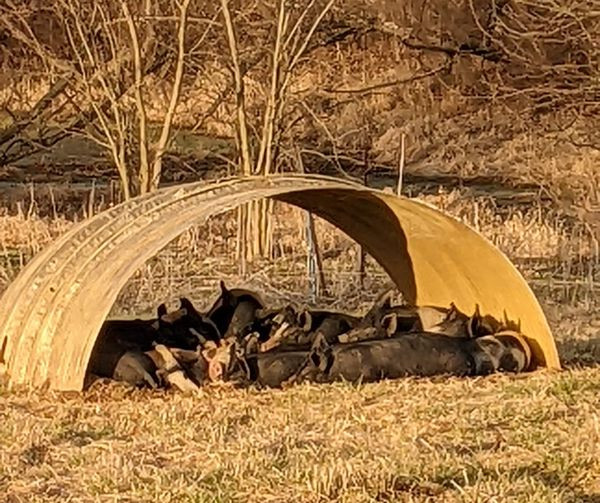
Baby K is doing great! Lots of gymnastics going on in there. Lately, I've been having an intense craving for radishes. I can't get enough of them. I have to give myself a daily ration or else I would eat an entire bag in one sitting! But, after reading about the benefits of radishes, there are definitely worse things I could be craving 😂 (Last month it was ice cream.)
This week will be pretty usual. Orders packed, orders delivered, feed delivered, and a birth class! That will be new. Although we've both watched animals being born, we figured it was good to further our education on what to personally expect when it's our turn.
It seems like March is holding true to its name - in like a lion, out like a lamb! Hang in there, spring is coming!
Bye for now!
Kait
The Real Ranch Foreman


